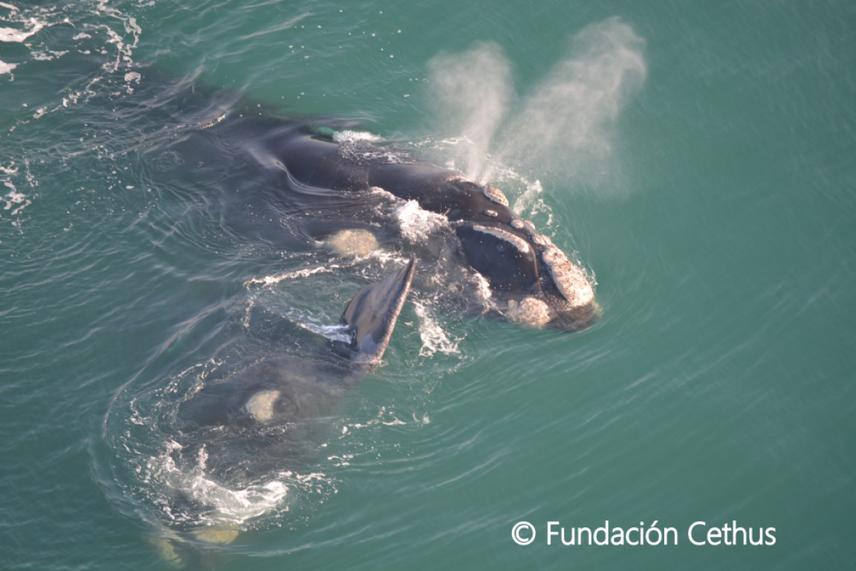Eliana Paola Zuazquita
Other projects
25 Aug 2020
Conservation of Southern Right Whales, Eubalaena australis, through the Development of Responsible Whale Watching in Miramar, Buenos Aires Province, Argentina II
The general aim is to get better protection for Southern right whales in general, and in Miramar and surrounding areas in particular, contributing to the recovery of this species. This project will:
• Understand the habitat use by Southern right whales of this area
• Provide scientific information to draw up proper whale watching regulations and plan conservation strategies.
• Develop knowledge in the local community, about the value of natural resources and the conservation of marine environments with emphasis on Southern right whales and other cetaceans.
• Update the Southern right whales photo identification catalogue for the area between Mar del Plata and Necochea.
• Increasing knowledge about SRW migration routes.

Some Southern right whales populations are showing slow signs of recovery (eg. 6.5% annual growth at the nursery grounds of Peninsula Valdés) but, if not properly managed, this delicate recovery could easily be reversed. Since 2012 Southwest Atlantic population have been the focus of an International Whaling Commission Conservation Management Plan. This Plan stresses the importance of studying and protecting the whales’ migration routes.
Southern right whales are thought to be regaining former migration routes and are now increasingly being seen close to Miramar, mostly during the austral winter. This has generated a growing interest within Miramar’s tourist authority in developing whale watching (WW) activities to attract tourists.
Carry out a scientific research prior to develop any WW activity is very unusual and a valuable opportunity to create a precedent on which to base future responsible WW projects. To develop responsible WW here, baseline knowledge, such as migration times, whales’ abundance and habitat-use in the area, needs to be provided. This will help to devise proper regulations for the activity that take into account the protection of the species and allow the town to compete with WW offers elsewhere.
Also, this project develop the first Southern right whale photo identification catalogue for the area which one will help to understand migration patterns and to establish conservation criteria.
For conservation, not only is important to study the SRW, but also teach student and the community about how to conserve, education activities stimulate children’s interest in cetacean’s conservation and Southern right whales conservation, in particular. This will be the trigger to educate grown people.
The species feature on the Argentine Red List (Vulnerable). Argentina declared Southern right whales as “National Natural Monument” in 1983, which is the highest protection that this country can give to a species. It is very important not only to protect them in some areas, like nursery grounds, but also in all their range of distribution. As all big whales, Southern right whales migrate a large distances between feeding and nursery grounds. The hypothesis is that Miramar is included within a migration route between both areas. That’s why it is very important to regulate whale watching before it starts in order to mitigate any potential impact on this species and generate public awareness.